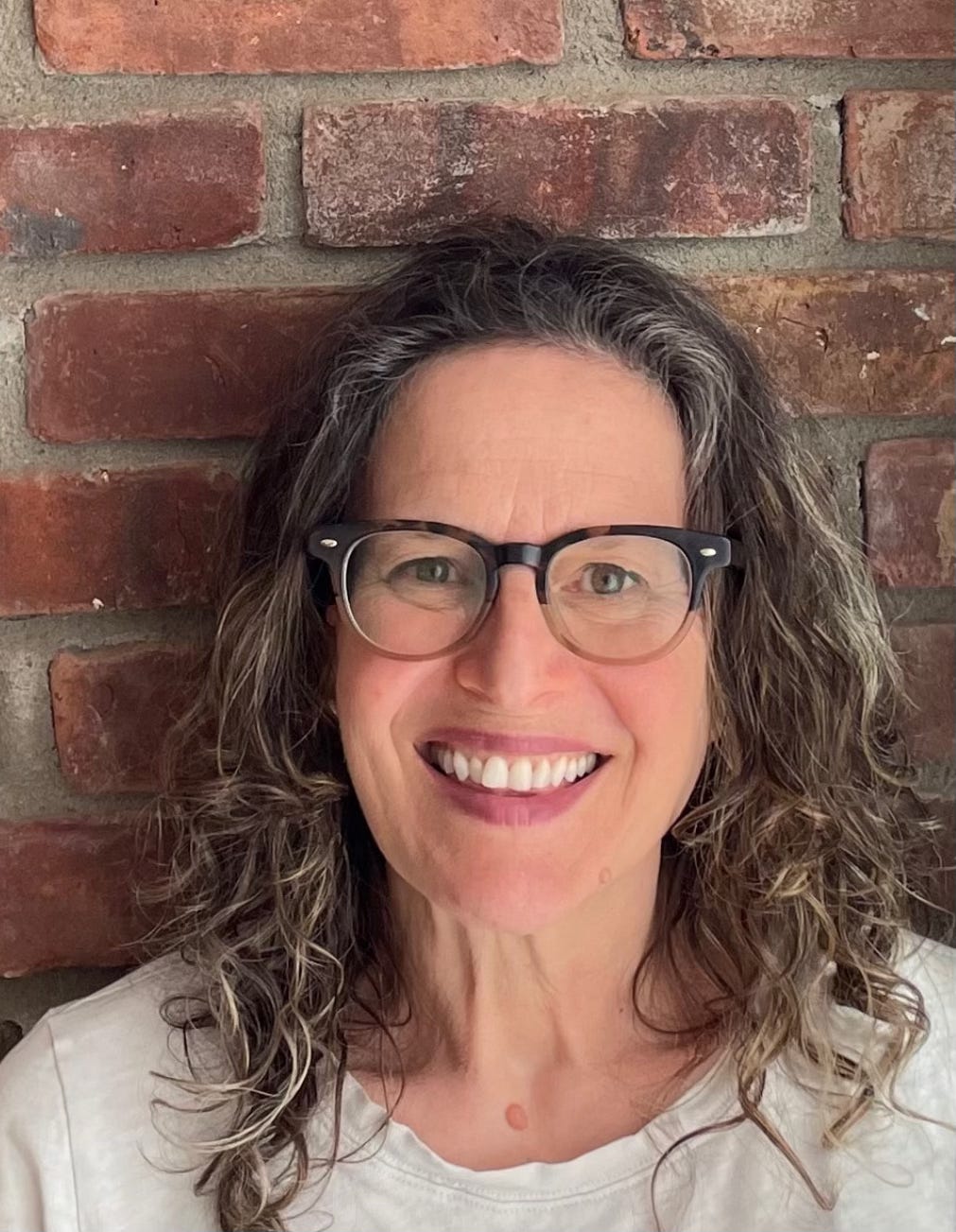Summer in The Writer's Corner
This July and August, let us be your safe space for inspiration and connection!
Join us next week…
This summer, you don’t have to write alone! We’re easing up on guest speakers for July and August to gear up for an incredible fall lineup, but that doesn’t mean we won’t be coming together. Join us at one of our Open Discussions. These one-hour, online get-togethers offer writers an opportunity to connect with others, talk things out, and stay inspired! They’re also a great way to get to know your fellow community members. Our next one will be Monday, July 14, at 1 p.m. EST/10 a.m. PST. Hope to see you there!
Mark your calendars for a VERY special summer guest …
July 28 at 1 p.m. EST/10 a.m. PST
Catherine Newman for A Craft Conversation
Catherine Newman is the New York Times bestselling author of the memoirs Catastrophic Happiness and Waiting for Birdy, the middle-grade novel One Mixed-Up Night, the kids’ craft book Stitch Camp (co-authored with Nicole Blum), the best-selling how-to books for kids How to Be a Person and What Can I Say? and the novels We All Want Impossible Things, Sandwich, and Wreck (forthcoming October 2025). She writes the Substack newsletter Catherine Newman and has been a regular contributor to the New York Times, Real Simple, O, The Oprah Magazine, Cup of Jo, and many other publications. She lives in Amherst, Massachusetts.
A few "DOs and DON'Ts" to remember …
DO “it”
We learn to be better writers by writing. It’s that simple. You don’t get better at running or painting or knitting by watching someone else do it or by reading about someone else doing it. You do it yourself, and the more you do it, the better you get.
DO write what’s calling you
Write about your obsessions. Write about the things, events, feelings, and people that haunt your thoughts.
DO pay attention
Details are what bring the story to life. In Writing Down the Bones, Natalie Goldberg says: “Using details you actually know and have seen will give your writing believability and truthfulness. It creates a good solid foundation from which you can build.”
DON’T ask why this topic? Why this event?
Too often we debate with ourselves about the subject we feel compelled to write about before we even start. It’s not your job as the writer to judge the story that is calling you, it is your job to write it the best you can. Focus on how to do that.
DON’T overthink
Write without judgment. There will be time to edit later. In Still Writing, Dani Shapiro writes: “It isn’t useful to talk about or over-think what you haven’t yet written. After all, if we write out of the tension of the unexpressed, where does the tension go once we’ve expressed it? Let go of every should or shouldn’t running through your mind when you start.” … “You’re not sure of the path. You’re not even sure where the next step will take you. When you begin, whisper to yourself: I don’t know.” And be okay with it!
She also writes: “Don’t think too much. There’ll be time to think later. Analysis won’t help. You’re chiseling now. You’re passing your hands over the wood. Now the page is no longer blank. There’s something there. It isn’t your business yet to know whether it’s going to be prize-worthy someday, or whether it will gather dust in a drawer. Now you’ve carved the tree. You’ve chiseled the marble. You’ve begun.”
DON’T ignore first thoughts
First thoughts are free of prejudice, free of judgment. In Writing Down the Bones, Natalie Goldberg writes, “You must let the expression be born in you and on the paper. Don’t hold too tight; allow it to come out how it needs to rather than trying to control it.” … “Let go of everything when you write, and try at a simple beginning with simple words to express what you have inside.” … “Allow yourself to be awkward. You are stripping yourself. You are exposing your life, not how your ego would like to see you represented, but how you are as a human being.”
DON’T wait to be “in the mood” to write
Why? Because you may never write if you do. Writers can’t wait for inspiration; they need to put themselves in the path of it. And it is often only once we engage with the work that it hits us. In Still Writing, Dani Shapiro writes: “Who would ever be in the mood to write? Do marathon runners get in the mood to run? Do teachers wake up with the urge to lecture? I don’t know, but I doubt it. My guess is that it’s the very act that is generative. The doing of the thing that makes possible the desire for it.”
Writing Prompt …
In writing, we talk a lot about energy. Not in the hokey, new age sense, but in the sense that the places, experiences, settings, and characters that we feel the most connection to often lead to our best work. For this prompt, scroll through the pictures on your phone, and as you do, take note of how each one makes you feel. Pick the one you feel the most “energy” around and write about it. Whether it leads to the true event or inspires something fictional, see where it takes you without judging whether it’s “worth” it.
Example: When I scrolled through my pictures, I stopped on the one above. It was taken last summer on a trip to Maine. I wanted to be there again. I wanted to feel the way I did when I was. (And I really wanted to eat another lobster roll!) That’s the energy I’m talking about. Now, how can I help the reader feel this? How can I transport them to this place? Start with what it looks like. Get granular, down to the weathered gray picnic tables and the metal trays lined with red-and-white checkered paper. Then, run through other senses (What did it sound like? What did it smell like?). Who are the characters? What is the scene? Paint it for the reader, layer in the details.
Happy writing!








Thanks for summer wisdom and encouragement. These sometimes sunny and often sultry days can distract us from the page . Instead, this helps me to see them as grist for the mill!